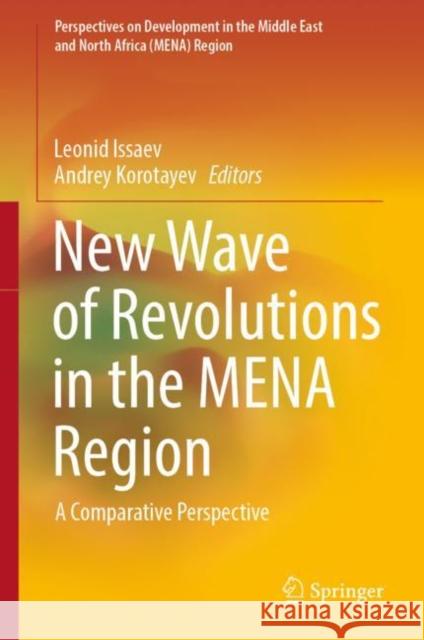New Wave of Revolutions in the MENA Region: A Comparative Perspective » książka
New Wave of Revolutions in the MENA Region: A Comparative Perspective
ISBN-13: 9783031151347 / Angielski / Twarda / 2022 / 274 str.
New Wave of Revolutions in the MENA Region: A Comparative Perspective
ISBN-13: 9783031151347 / Angielski / Twarda / 2022 / 274 str.
(netto: 535,46 VAT: 5%)
Najniższa cena z 30 dni: 501,19
ok. 22 dni roboczych
Dostawa w 2026 r.
Darmowa dostawa!
This book offers a comparative perspective on the new wave of revolutions in the MENA region. Recently, a new wave of revolutions has swept the Middle East and North Africa (MENA) region, comparable in some respects to the events of the Arab Spring. Revolutionary events have significantly changed the political regimes in Sudan, Algeria and Mali, while Lebanon and Iraq have also witnessed serious revolutionary episodes. Further, a new quality of protests has manifested in Iran, Egypt, Morocco and Jordan.Presenting a variety of country studies, this book identifies similarities and differences between the events of the Arab Spring and the current upheavals in the MENA region and examines their causes and world-system context. It also analyzes the motivating forces, goals and organizational forms of the protesters and other actors involved, as well as the political and economic consequences of these revolutionary events. Moreover, it seeks to understand why some countries that were actively involved in the Arab Spring have remained largely unaffected by these developments. The book appeals to scholars of political science with a focus on comparative politics, Middle Eastern politics and political sociology.
This book offers a comparative perspective on the new wave of revolutions in the MENA region. Recently, a new wave of revolutions has swept the Middle East and North Africa (MENA) region, comparable in some respects to the events of the Arab Spring. Revolutionary events have significantly changed the political regimes in Sudan, Algeria and Mali, while Lebanon and Iraq have also witnessed serious revolutionary episodes. Further, a new quality of protests has manifested in Iran, Egypt, Morocco and Jordan. Presenting a variety of country studies, this book identifies similarities and differences between the events of the Arab Spring and the current upheavals in the MENA region and examines their causes and world-system context. It also analyzes the motivating forces, goals and organizational forms of the protesters and other actors involved, as well as the political and economic consequences of these revolutionary events. Moreover, it seeks to understand why some countries that were actively involved in the Arab Spring have remained largely unaffected by these developments. The book appeals to scholars of political science with a focus on comparative politics, Middle Eastern politics and political sociology.











